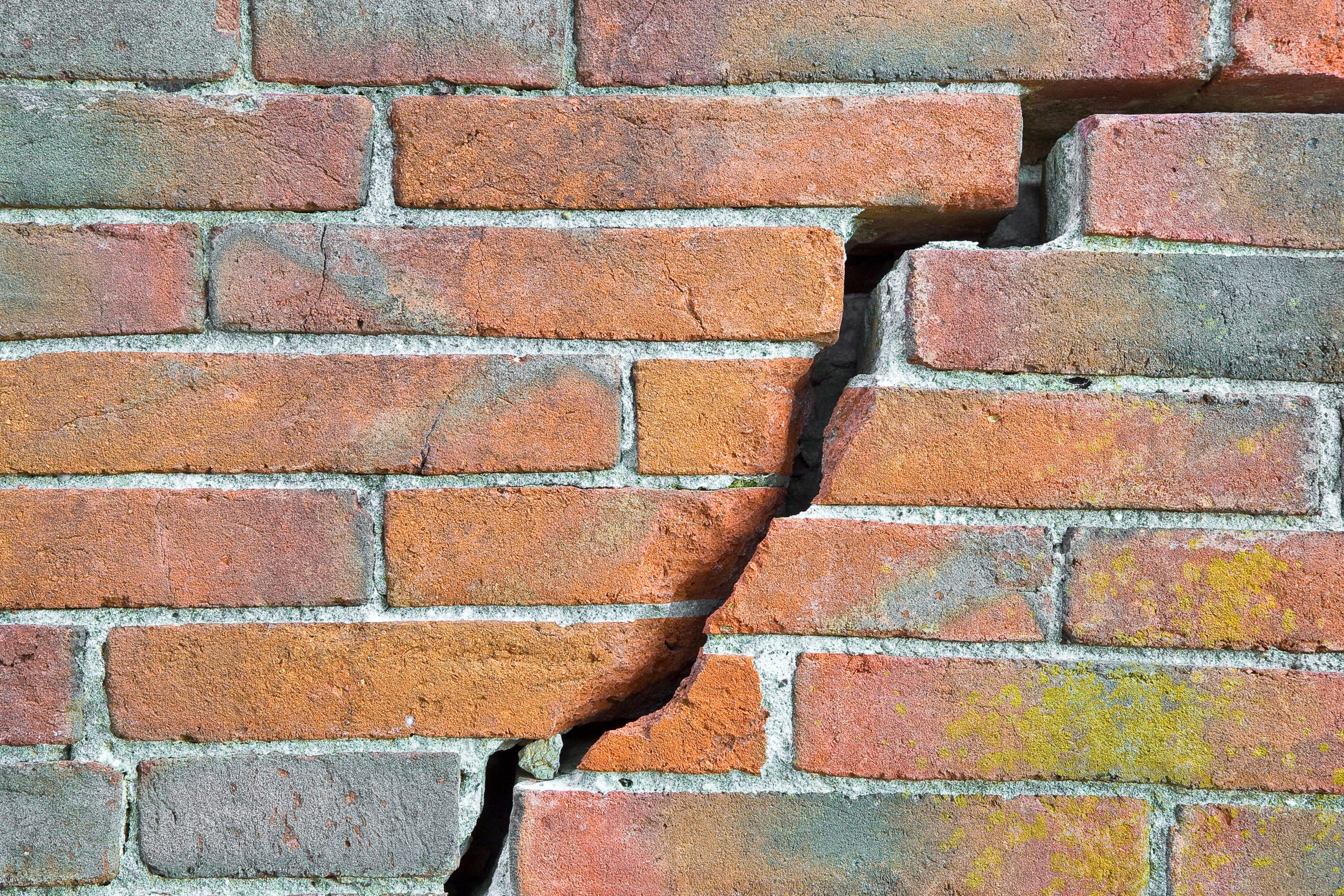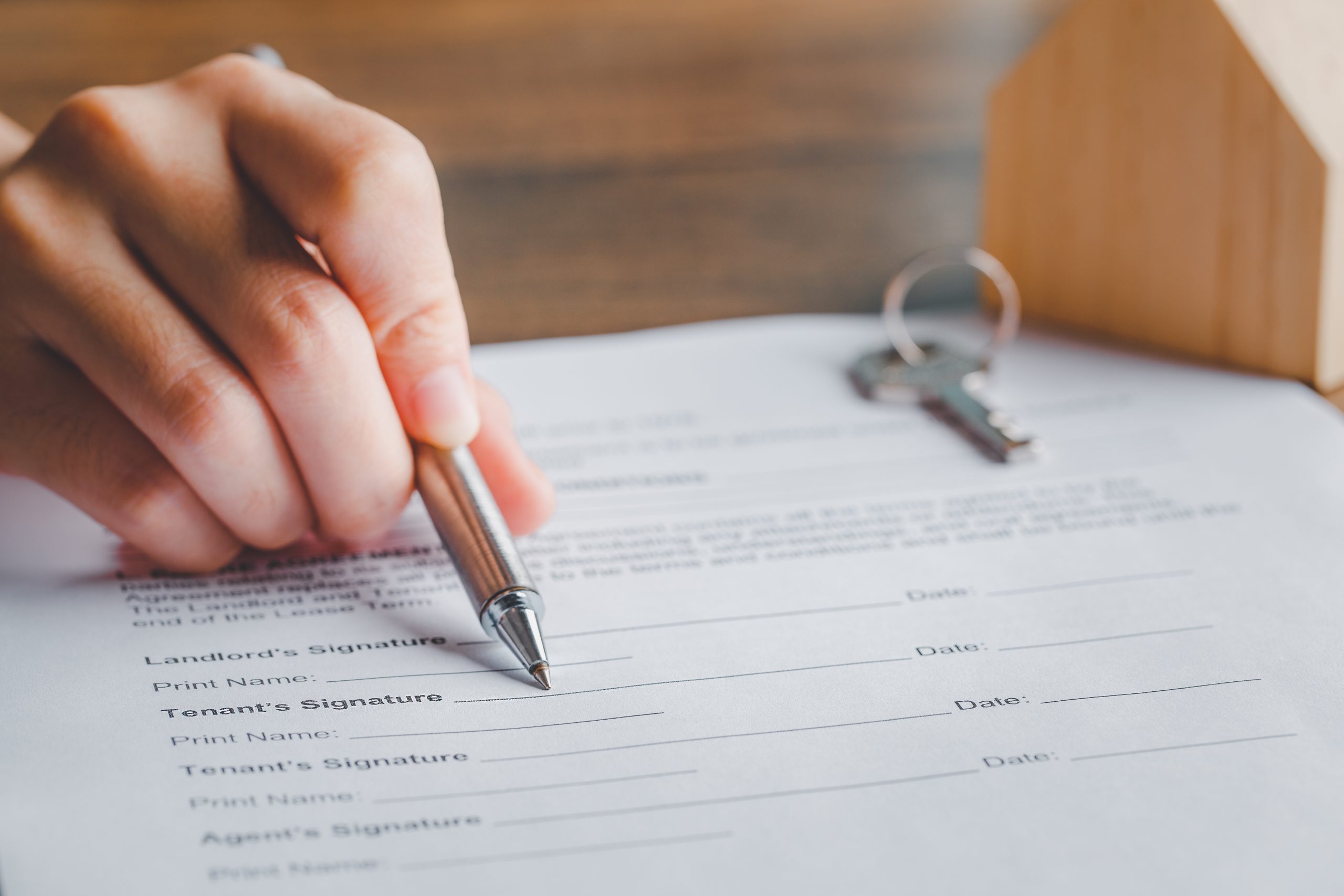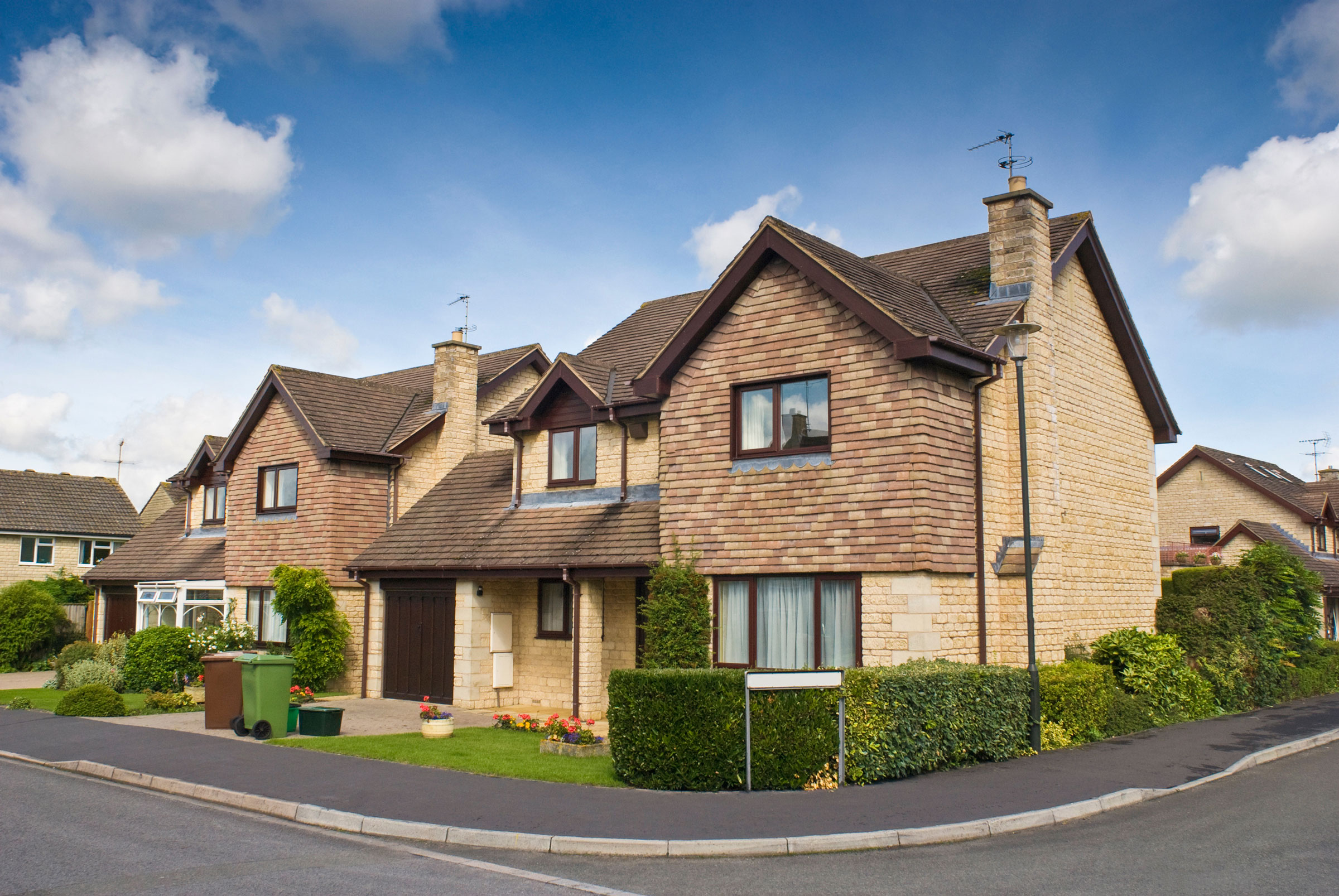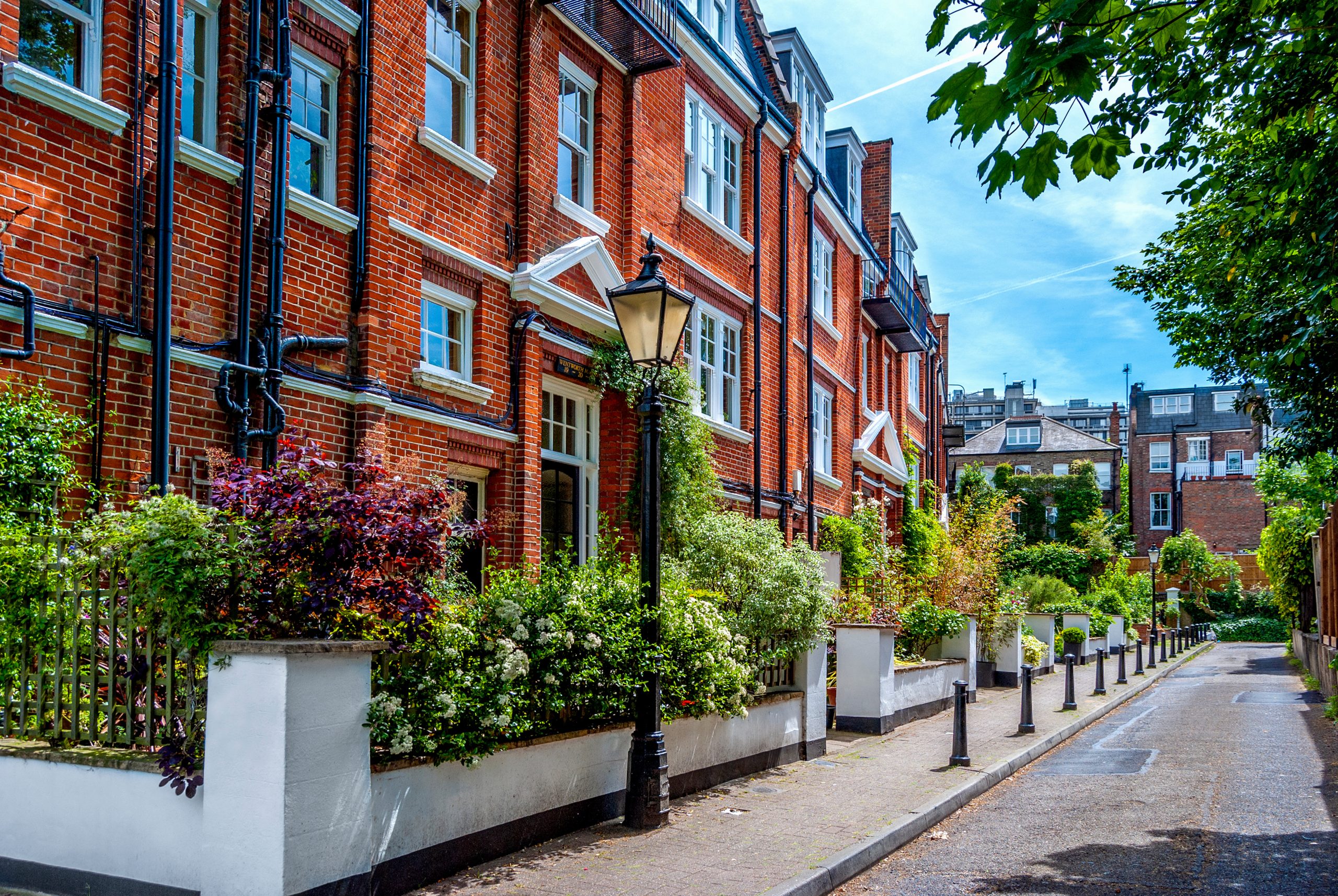Top 5 Common Property Issues in London Homes Revealed by Surveyors
Buying a property in London is an exciting step, but it can also come with hidden risks. At Marshall Laurence Surveyors, our RICS-accredited team inspects hundreds of homes across Greater London and the South East every year.
Here are the five most common property issues we uncover during surveys, problems that could cost buyers thousands if left unnoticed.

1. Damp and Mould
One of the most frequent issues in London properties is damp, which can quickly turn into mould. It’s especially common in:
- Victorian and Edwardian terraces with solid walls that lack insulation.
- Basement flats in converted period houses.
- Homes with ageing roofs, poor ventilation, or blocked gutters.
🔎 What surveyors look for:
- Tide marks or bubbling plaster on walls.
- Black mould around windows or in bathrooms.
- Condensation on cold surfaces.
- Penetrating damp from defective guttering or brickwork.
👉 Why it matters:
Damp not only damages plaster, timber, and decorations but also creates health risks for occupants. Treatment costs range from a few hundred pounds for improved ventilation to £10,000+ for structural waterproofing.

2. Roof Problems
Roofs are often overlooked until they fail, but they’re one of the most expensive parts of a home to repair. Many London homes, particularly pre-1950s, still have their original roofing. Flat roofs on post-war housing blocks are also prone to leaks.
🔎 What surveyors look for:
- Missing or slipped tiles, allowing water ingress.
- Defective flat roof membranes or pooling water.
- Crumbling chimney stacks or failing flashing.
- Evidence of leaks in loft spaces.
👉 Why it matters:
Roof leaks can cause long-term damp, rot in timbers, and damage to electrics. Minor repairs might cost £500–£3,000, but full roof replacements in London can easily exceed £20,000.

3. Structural Movement & Subsidence
Certain parts of London, particularly those with clay soils (such as North London and South West areas like Richmond), are at higher risk of subsidence. Properties close to large trees or built on old bomb sites can also show movement.
🔎 What surveyors look for:
- Diagonal cracks wider than 3mm around windows and doors.
- Doors and windows sticking or misaligned.
- Uneven floors, bulging walls, or leaning extensions.
- Previous underpinning works or structural repairs.
👉 Why it matters:
Subsidence can reduce property values and make securing a mortgage or insurance difficult. Repairs can range from minor crack stitching (£1,000–£2,000) to full underpinning (£15,000–£30,000). A full Level 3 Building Survey is strongly advised for properties in high-risk areas.

4. Outdated Electrics and Plumbing
Many London homes, especially those built before the 1970s, still contain original wiring and pipework. DIY alterations also create risks.
🔎 What surveyors look for:
- Old fuse boxes without Residual Current Devices (RCDs).
- Exposed wiring, rubber cabling, or aluminium conductors.
- Lead or galvanised steel water pipes.
- Boiler systems that are old, inefficient, or non-compliant with regulations.
👉 Why it matters:
Outdated systems are not only inefficient but also dangerous. Rewiring a three-bedroom London home typically costs £4,000–£8,000, while replacing outdated plumbing and heating could add £5,000–£10,000 to your renovation budget.

5. Leasehold and Legal Issues
In London, around 70% of flats are leasehold, and the legal side of ownership often hides problems that buyers don’t expect.
🔎 What surveyors look for:
- Remaining lease length (below 80 years reduces value).
- Rising ground rents or service charges.
- Restrictions on alterations or sub-letting.
- Responsibility for expensive works in communal areas.
👉 Why it matters:
A short lease can reduce property value by tens of thousands of pounds. Extending a lease in London often costs £20,000–£40,000, depending on the location and property type. A specialist Lease Extension Valuation is essential before committing to a purchase.

How Marshall Laurence Surveyors Can Help
From damp basements in Islington to subsidence in South London, each borough has its own property challenges. Without a professional survey, these issues can remain hidden until it’s too late.
At Marshall Laurence Surveyors, we provide:
Level 2 HomeBuyer Surveys for modern or well-kept homes.
Level 3 Building Surveys for older, altered, or complex properties.
📞 Call us today on 0207 993 4989 to speak directly with one of our RICS-accredited surveyors and book your survey.



Why Choose Us?
RICS Certified
RICS regulates and promotes the property surveying profession. Within our team we have both RICS Registered Valuers and RICS Accredited Mediators this ensures our expertise sets us apart.
CIOB Certified
The Chartered Institute of Building is the world’s largest and most influential professional body for construction management and leadership since 1834.
Google 5-Star Rated
Dozens of our satisfied customers have rated us 5-stars on Google, which gives you peace of mind that we deliver a high-quallity service time and time again.
What Our Customers Say
Latest Resources
Looking to learn more about surveying and how it can help your project? Our latest articles and guides break things down in simple, practical terms. From helpful tips to updates on the newest tools, this section gives you clear insights and support every step of the way.

Should You Get a Drone Survey Before Buying a Property in London?

How Much Does a Chartered Surveyor Cost in London?

Understanding Different Types of Damp In Properties and How To Resolve Them

The Importance of a Homebuyer’s Report

Reasons Why You Should Get A RICS Professional To Snag your House?
Connect With Us
We’re excited to connect!
Reach out to us using the details below.


